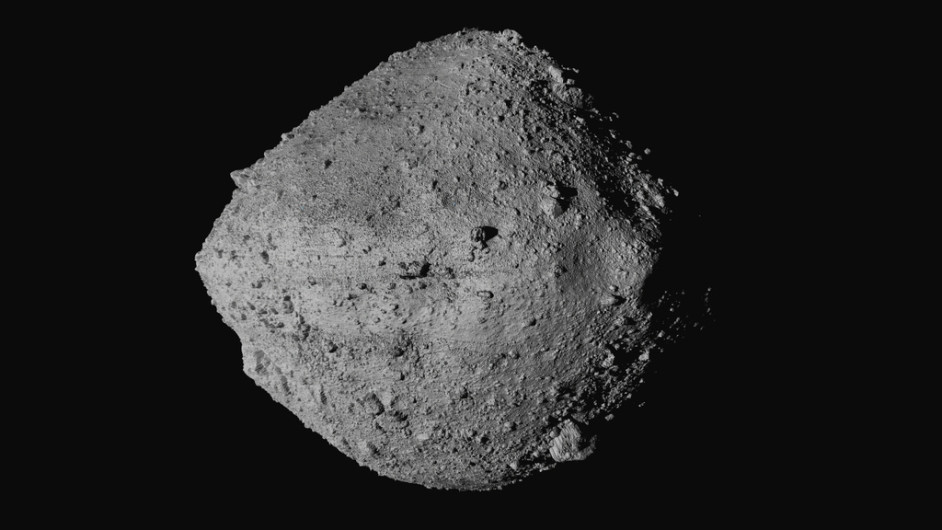A second smaller space rock broke up in the West African sea creating a huge crater around the same time
The huge asteroid that hit Earth and wiped out the dinosaurs 66 million years ago was not alone, scientists confirm.
It was “accompanied” by a second, smaller space rock that disintegrated into the sea off the coast of West Africa, creating a huge crater around the same time.
It would have been a catastrophic event, the scientists said, possibly creating a tsunami at least 800 meters high in the Atlantic Ocean.
A mysterious 9km pothole was looking for an explanation
Dr Uisdean Nicholson from Heriot-Watt University first found the crater Nadir in 2022, but he was plagued by doubts as to how it actually formed.
Now Dr Nicholson and his colleagues are certain that the 9km ‘dimple’ was caused by an asteroid that fell to the bottom of the sea.
They can’t exactly date the event or say for sure whether it happened before or after the asteroid that created the 180-kilometer-wide Chicxulub crater in Mexico. This event ended the reign of the dinosaurs.
But they say the smaller rock also arrived at the end of the Cretaceous period, the time when the dinosaurs went extinct.
As it fell through Earth’s atmosphere, it would have formed a fireball.
“Imagine the asteroid hit Glasgow and you were in Edinburgh, about 50km away. The fireball would be about 24 times the size of the Sun in the sky – enough to set fire to trees and plants in Edinburghsays Dr Nicholson.
An extremely powerful explosion would follow, before a seismic tremor of about a magnitude 7 earthquake.
Huge amounts of water probably left the sea floor and later receded creating unique footprints on the ground.
Two asteroids fell one after the other
It is unusual for such large asteroids to fall one after the other out of our solar system on their way to Earth in a short period of time.
But researchers don’t know why the two asteroids hit Earth so close together.
The asteroid that created the Nadir Crater it was about 450-500 meters wide and scientists believe it hit Earth with approx 72,000 km/h.
The closest human-experienced event was Tunguska in 1908, when a 50-meter asteroid exploded in the sky over Siberia.
Asteroid Nadir was about the size of Bennuwhich is currently the most dangerous near-Earth orbiting asteroid.
Scientists say the most likely date Bennu could hit Earth is September 24, 2182according to NASA. But it’s still just a 1 in 2,700 chance.
There has never been an asteroid impact of this size in human history, and scientists usually have to study eroded craters on Earth or images of craters on other planets.
To further understand Nadir Crater, Dr Nicholson and the team looked at high-resolution 3D data from a geophysics company called TGS.
Most craters are eroded, but this one was well-preserved, meaning scientists could look further into the rock layers.
“It’s the first time we’ve ever been able to see inside an impact crater like this – it’s really excitingsays Dr Nicholson, adding that there are only 20 sea craters in the world, but none have been studied in detail like this one.
Source :Skai
I am Terrance Carlson, author at News Bulletin 247. I mostly cover technology news and I have been working in this field for a long time. I have a lot of experience and I am highly knowledgeable in this area. I am a very reliable source of information and I always make sure to provide accurate news to my readers.











